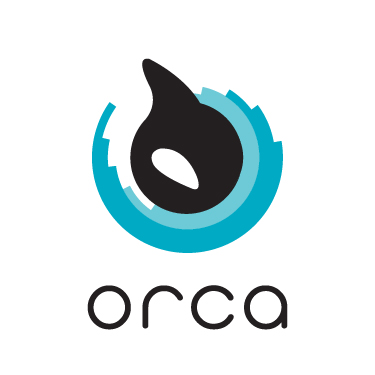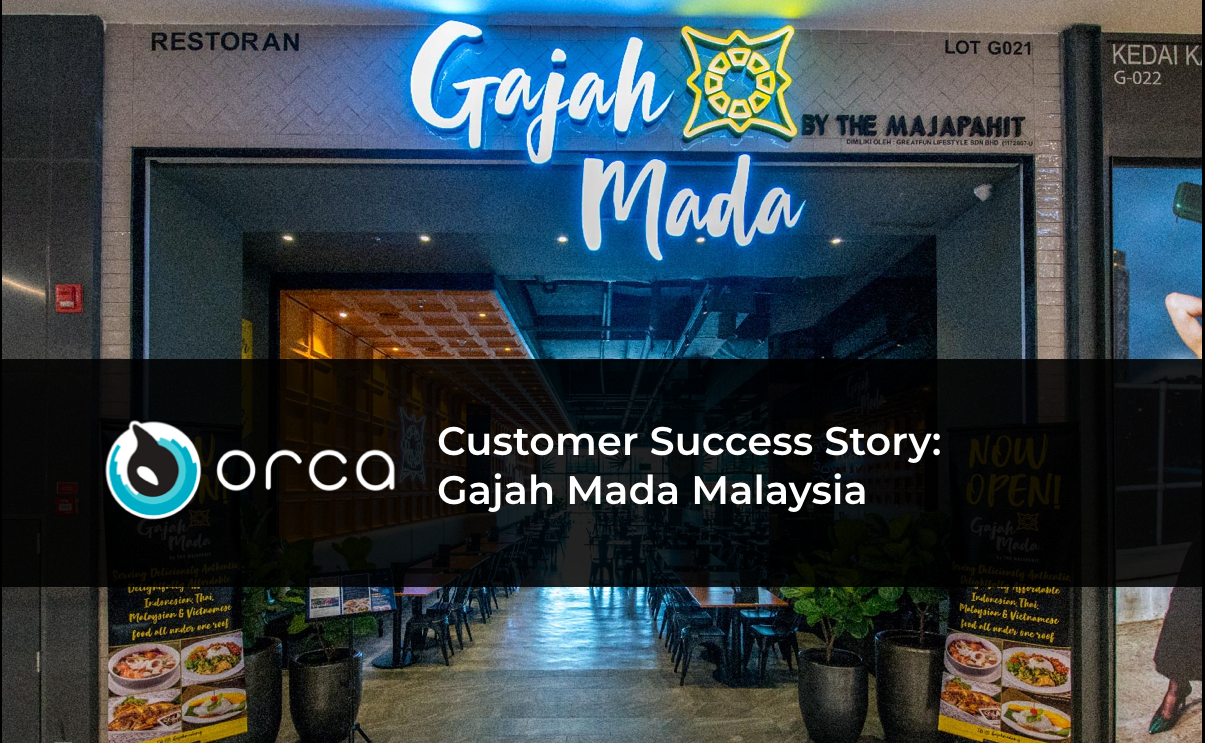A secure and redundant decentralised approach to keeping a complete record of all transactions.
So what exactly is a blockchain?
First and foremost, blockchain is not the same as Bitcoin.
Blockchain technology was conceptualised in 2008 as a key enabling technology for Bitcoin and other subsequent cryptocurrencies – but the technology has since found applications in many other arenas – from FinTech applications and supply chain tracking to identity management and food traceability.

In the previous article, we saw how two diners at a fine-dining restaurant was able to call up trusted information about the food they were being served. That’s because every transaction that was associated with every ingredient on each dish had been captured and recorded – using blockchain technology – on a ledger/database that’s replicated and distributed to parties with vested interests, one of which is the restaurant. The restaurant in turn makes the information on the ledger available to its diners – via its tablet-based menu.
Essentially, a blockchain is a chain of data blocks that are connected in time chronology using cryptography. Each block in the chain is a record of transactions that had taken place – orders, payments, account tracking, shipping conditions etc.
A new block is only added (usually at regular time intervals eg. 5s, 10min etc.) with general consensus – when all parties with vested interest, in a peer-to-peer network, have agreed to the legitimacy of the transactions recorded.
The updated blockchain is then replicated and an identical copy distributed to all parties involved.
Because all parties have a copy of the updated blockchain and will not allow any existing blocks to be edited/deleted, it becomes near impossible for any single party or hacker to corrupt the blockchain, because he will have to crack the blockchains held by many other parties in order to illegally modify the blockchain.
It’s like all parties are holding on to a copy of the latest physical ledger, so anyone wanting to illegally modify existing entries will have to steal these ledgers, corrupt them and put them back without being detected.
To me, the three key attributes to the blockchain concept are the common verification through consensus, the irrevocability once updated, and the distribution/sharing of the ledger.
The distribution of identical copies of the blockchain means that there is no single point of failure or vulnerability of a traditional single, centralised ledger.
Even if a natural disaster strikes, there are multiple identical copies across geographical areas that can survive the disaster.
And to hack or illegally add/modify entries to the ledger, the perpetrator would need to crack multiple parties that hold the many copies of the blockchain.
The result is a resilient, redundant and comprehensive ledger that all parties can trust, which is why blockchain technology is the basis of many FinTech applications, including cryptocurrencies like Bitcoin.
This article is the second in a series that delves into blockchain technology and what it offers to the F&B industry.
The next article will focus on how blockchain technology enables food traceability in the F&B sector.
The author is a technologist who runs a website at tech4tea.com.

Tell us about your project ideas or just say hello. Whether you’ve got a big idea or something you really like, we are here to create your perfect solutions. From concept to creation, let us inspire you. Learn more at www.orcabos.com







Leave A Comment